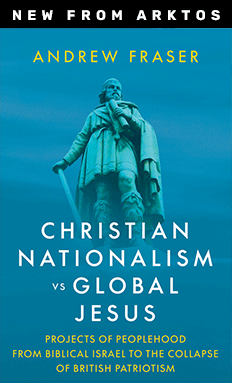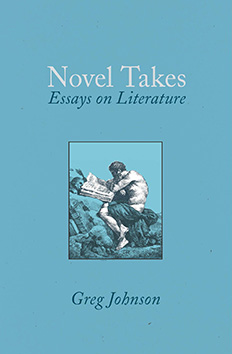Immigration and Human Nature
F. Roger Devlin, American Renaissance, January 2011
Byron M. Roth, The Perils of Diversity, Washington Summit Publishers, 2010, 577 pp.
The seismic shift now transforming the demographics of Europe and the United States is likely to leave a more permanent mark on our civilization than even the two world wars of the last century. The survivors of those conflicts returned to a life that was poorer than before, but otherwise much the same. This is never the case when one ethnic group displaces another. Barring wide-spread violence, the effects of large-scale immigration are irreversible. Byron Roth is therefore right to note in The Perils of Diversity that our current pattern of immigration is therefore “of world historical significance that will affect future generations for centuries to come.”
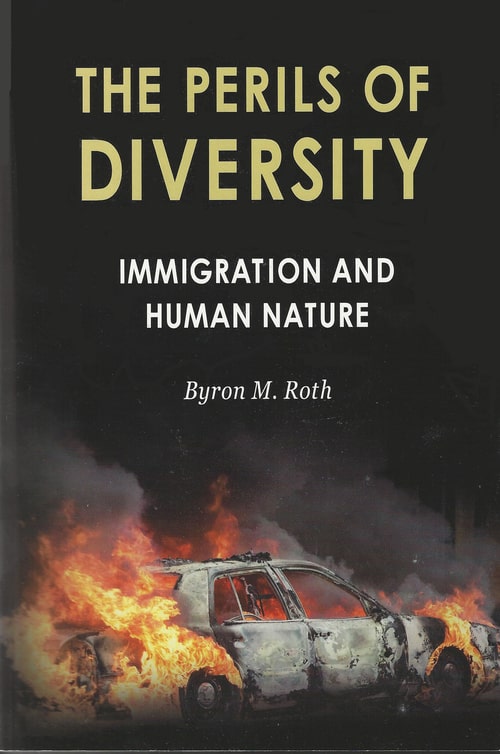
Mr. Roth, who is professor emeritus of psychology at Dowling College on Long Island, offers us a cornucopia of information and argument about the threat immigration poses to our civilization. Three chapters summarize the relevant racial science, three longer chapters recount the history of immigration to America and Europe, and the conclusion predicts the consequences of current trends. Though long and ambitious, The Perils of Diversity reads easily, and rewards the reader with a thorough grasp of the crisis we face.
The limits of public debate
Such debate on immigration as occurs in the mainstream press, the author notes, is usually framed as a contest between assimilation and multiculturalism. One side argues that today’s ethnic problems will be solved through “the magic of assimilation,” in which persons of all races and religions are gradually transformed into Americans (or Europeans) just by living and working among us. The other side argues that we have no right to impose our way of life on newcomers, and should instead let them live among us while retaining their own beliefs and practices. Multiculturalists see no reason why this cannot be accomplished peacefully, and ascribe current frictions to the failure of the host population to do enough to accommodate immigrants.
Prof. Roth points out, however, that both assimilationists and multiculturalists make false assumptions about human nature. Assimilationists believe all races are capable of taking on the behavior patterns necessary to maintain Western civilization; multiculturalists believe radically different groups can live together harmoniously. Both positions fly in the face of overwhelming scientific and historical evidence. The false terms framing public debate therefore require the suppression of information, and the academy, the legal profession, and philanthropic foundations are among the most energetic censors.
Mainstream science has now, for the most part, accepted the evidence that genes influence individual behavior, but it continues to resist genetic explanations for group differences. Terrible pressure is brought to bear on scientists who explore group differences. Prof. Roth recounts the travails of Chris Brand, Bruce Lahn, and James Watson, all of whom have been silenced for discussing race and IQ.
American universities that receive government funding (that is to say, virtually all of them) have “Institutional Review Boards” that approve or block research involving human subjects. Prof. Roth points out that most faculty members who serve on these boards are openly hostile to research that might reveal racial differences, often on the grounds that the results might get into the “wrong” hands.
Hate speech laws restrict public debate. Canadian journalist Mark Steyn notes that if an American writer approaches a publisher with a book criticizing immigration, he will be reminded that it may be illegal to sell it in Canada, and there goes 10 percent of the North American market. French and German translation rights cannot be sold because the book may run afoul of European xenophobia legislation, and a British edition may be impossible because libel laws are so lax that anyone mentioned unfavorably may be able to shut down sales. The result is that such a book may never reach the public, because it may no longer make economic sense to publish it.
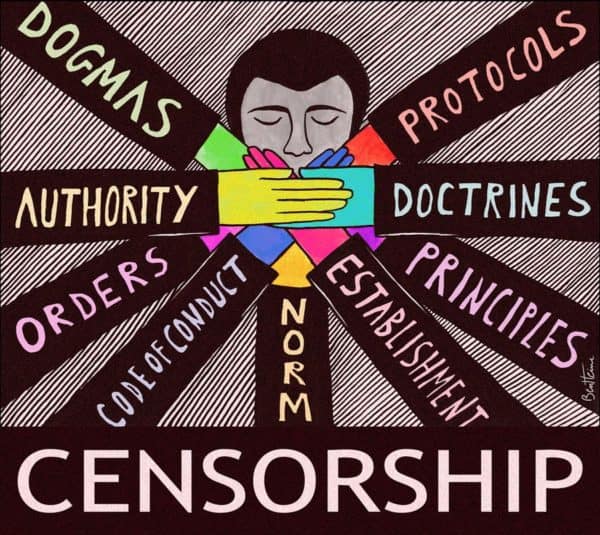
Philanthropic foundations use their wealth and influence to direct public discussion into narrow channels. They sponsor publications and conferences under color of a disinterested concern but, as Prof. Roth explains, no one who speaks honestly about the facts of race will be sponsored as a “qualified expert.” Research on IQ goes unfunded, while millions are available for studies of “racism.” The Ford Foundation, in particular, has showered money on MALDEF, La Raza, the ACLU, and dozens of other pro-immigration groups.
Prof. Roth notes a left-right convergence in favor of mass immigration. For business, the issue is cheap labor. Many jobs can be outsourced, or shipped overseas, but those in services, agriculture, construction, and many others cannot. The way to cut labor costs in these industries is to import Third-World workers. This has brought massive rewards for those at the top of the corporate pyramid while impoverishing the great mass of workers. Lou Dobbs notes that CEO salaries have gone from 42 times that of a blue-collar worker in 1980 to 431 times today.
The political left, meanwhile, does not care about the fate of the Western working class because it has shifted its focus from class to race. Multiculturalism is simply a racialized Marxism in which whites are substituted for Marx’s “bourgeoisie,” and non-whites are cobbled together to form a “global proletariat.” The left sees the white working man as part of the “oppressor class,” and cheers his displacement.
Tribe, Nation and Empire
For most of our evolutionary history, as Prof. Roth explains, humans lived in bands of 50 to 100 close relatives. Within these bands there was a good deal of altruism based on inclusive fitness and reciprocity. Relations between bands, on the other hand, varied from suspicion to violent hostility. This “us-them” dichotomy appears to be part of human nature. Certainly it was constantly reinforced by the selective pressures of evolution; liberals did not last long in the Paleolithic period. Today’s remaining hunter-gatherers may go on raids and ambushes or do battle several times a year, and the percentage of killed and maimed can be greater than in warfare between civilized peoples.
Nations are formed by welding more or less related tribal bands into a larger whole. This makes it possible to raise larger armies, and it also permits a better division of labor, which is an important prerequisite for civilization. But for a nation to operate effectively, men must learn to expand their loyalties beyond their closest, most natural attachments. “The critical problem in fashioning a well-functioning nation-state,” writes Prof. Roth, “is the necessity of binding together the population into a cohesive whole whose allegiance is to the state.” A myth of common origin helps this process, but is most effective when there is genetic commonality.
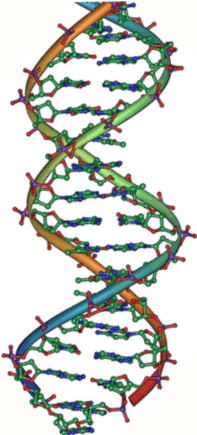
As the state gets larger, kinship bonds get weaker, and more force must be applied to maintain political bonds. If the state conquers territory, it becomes an empire, whose subject peoples have no sense of ethnic kinship with their rulers. Loyalty is difficult to maintain, and usually requires that the imperial government provide physical and economic security.
Modern mass immigration is a lazy form of imperialism: the Western ruling class increases its client base, and hence its power, by tempting alien peoples with the prospect of greater material well-being instead of conquering them.
However, if an empire loses the ability to deliver material security, the bonds of kinship tear it apart it and it reverts to a more primitive social structure. This process can get very ugly. Historian Niall Ferguson has noted that “the most intense and brutal violence in recent history involved ethnic clashes among groups that were part of empires in the midst of disintegration and decline.” The nation-state is thus a fragile balance: large enough to provide the benefits of civilization, but small enough not to strain human bonds to the breaking point.
The Hierarchy of Talents
Mixing ethnic groups is hard enough when the groups are equally talented; strains on social harmony are far greater when certain groups are consistently more successful than others. Prof. Roth devotes three chapters to explaining racial differences in ability and how they came about, and offers a good summary of the effect climate had on selecting for intelligence.
These evolved racial differences pose special challenges for multiracial societies. For example, trial by jury is an important feature of the American legal system. We inherited it from England, where the average IQ is 100. But can a jury of blacks, with an average IQ of 85, be expected to make sound decisions in complex legal cases?
Mississippi governor Haley Barbour once remarked that his state was “America’s number one judicial hellhole for jackpot jury verdicts.” This was especially true of Jefferson County, which has a population that is 86 percent black. Until tort reform in 2004, it was America’s favorite destination for frivolous lawsuits. In one legendary case, a jury ordered a pharmaceutical company to pay $1 billion dollars in damages to the family of a woman who had used a supposedly defective diet pill. “Put bluntly,” says Prof. Roth, “it seems that juries in Jefferson County lacked the intellectual substance and mathematical acumen to determine what to most people would seem to be reasonable awards in such cases.”
But the worst problem for multiracial societies is envy. All multiracial societies are stratified, with the more capable races achieving more power and prosperity. Members of less favored groups resent this and complain of racial nepotism and “exclusion.” The state is usually called upon to intervene.
“Overseas Chinese” in Southeast Asia face this problem. In Indonesia, until just a few years ago, 70 percent of the private economy was controlled by ethnic Chinese, who made up just 3 percent of the population. This situation is not so extraordinary given that Chinese have an average IQ of 105 while Indonesians average around 87. In 1998, Indonesians looted and burned Chinese businesses and homes, killing 2,000 people. Wealthy Chinese fled the country, taking most of their capital with them, but many Indonesians thought that any economic harm was a small price to pay for ridding themselves of the Chinese.
The governments of Western democracies have developed a wide variety of programs to counteract perceived discrimination against non-whites. In America, Edwin S. Rubenstein estimated in a 2008 study for the National Policy Institute that they cost around 8 percent of GDP, or $1.1 trillion per year. Such programs inevitably fail, however, because racial disparities in achievement are not caused by discrimination, and the lower-achieving groups only grow more resentful and call for more radical solutions. “It is difficult to escape the conclusion,” writes Prof. Roth, “that this is an intractable problem that is simply not amenable to solutions by democratic government.”
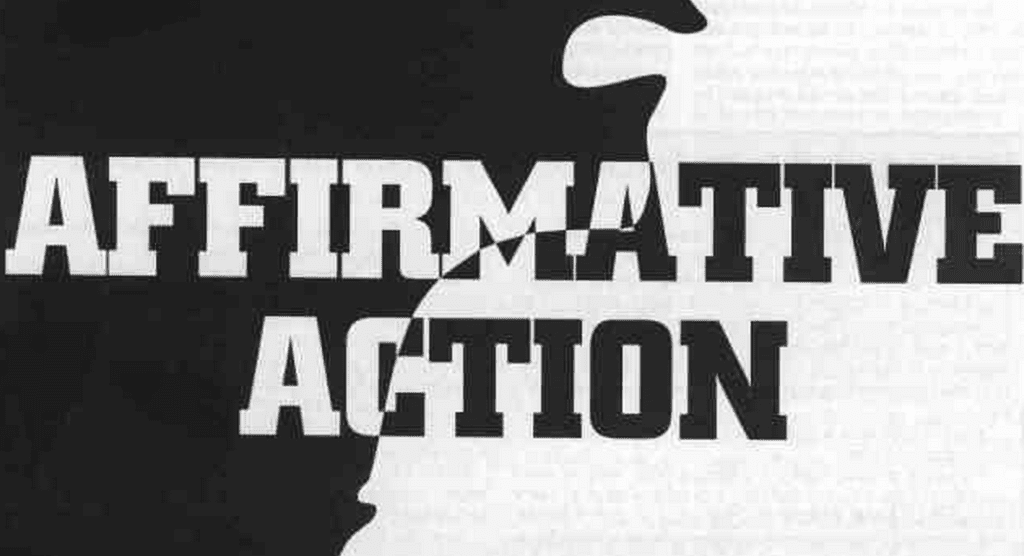
How the disaster came about
Immigrants to the American Colonies and the early United States made an expensive and dangerous voyage of four to eight weeks to a land that was largely wilderness. Those who completed the journey were bold, enterprising people, quite unlike the average Mexican who walks across a land border into a modern welfare state.
Until 1880, American immigrants came mainly from Northwest Europe. Between 1880 and the early 1920s, a larger share came from Southern and Eastern Europe, particularly Italians, Poles and Jews. In 1924, immigration quotas were passed to ensure that the United States maintained a white majority. Although there were no restrictions on immigration from the Western Hemisphere, few Latin Americans arrived.
By the 1960s, the country’s elites viewed immigration restriction as, in Prof. Roth’s words, “morally compromised” and “inconsistent with American ideals.” The Civil Rights Act of 1964 had banned racial discrimination in employment and public accommodation. It seemed only consistent to let in foreigners without regard to race as well. When the Immigration Act of 1965 was passed the very next year, Pres. Lyndon Johnson piously declared that it repaired a
deep and painful flaw in the fabric of American justice. It corrects a cruel and enduring wrong in the conduct of the American Nation . . . The [former] system violated the basic principle of American democracy — the principle that values and rewards each man on the basis of his merit as a man. It has been un-American in the highest sense, because it has been untrue to the faith that brought thousands to these shores.
By this standard, 58 percent of Americans were cruel and un-American in 1965, for that is how many declared themselves “strongly opposed to easing of immigration law.” Sen. Byrd of West Virginia pointed out that “every other country that is attractive to immigrants practices selectivity (in favor of their founding nationalities) without apology,” and expressed wonderment at America’s “guilt complex.”
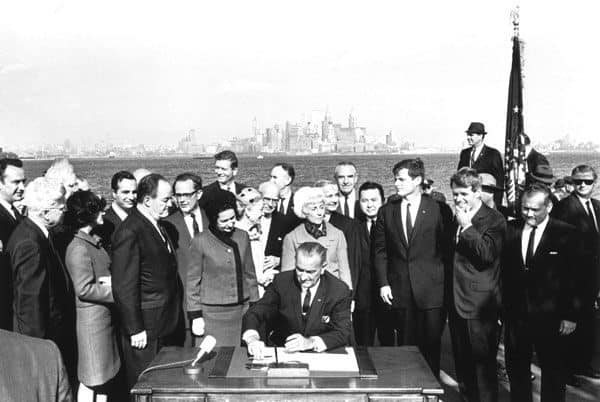
The signing of the 1965 Immigration Act.
The 1965 Act abolished national preferences favoring Europe and set a total limit of 290,000 admissions per year, but also admitted immigrants’ extended families outside the quota. One analyst pointed out that it was possible under the act for a single immigrant to bring in 18 relatives in 10 years.
During the 1950s, 2.5 million immigrants had come to America, with 55 percent from Europe and Canada. In the 1970s, 4.3 million came, and the European-Canadian share dropped to below 25 percent. By 1977, former INS commissioner Leonard Chapman concluded that “we have become the haven for the unemployed of the world. I think it is going to be catastrophic.”
The 1965 Act was surprisingly stingy toward refugees, allotting them a low preference and a maximum 6 percent of admissions, but this has hardly limited the actual flow. By means of a constitutionally dubious “parole power,” presidents have granted entry to 750,000 Cubans and 900,000 Southeast Asians, among others. Once here, refugees have their status “regularized;” in other words, the law is changed so they can stay.
In 1986, amnesty was granted to 3.1 million illegal aliens who had arrived in the country before 1982. By this time, 600,000 people were coming legally every year, so in 1990 Congress formally raised the quota to 700,000. The adjustment of law to reality — rather than the reverse — has become a regular feature of immigration legislation.
The flow continued to increase, reaching one million annually in the 1990s, thanks to the many family reunification arrivals not counted toward the quota. Just 16 percent of the total was now coming from Europe or Canada, and this did not include the estimated 500,000 to 800,000 illegal immigrants who came every year.
Until 1986 it was actually legal to hire illegal aliens. Even now, the law is worded so that an employer need only check to see that an immigrant’s documentation “reasonably appears on its face to be genuine.” In fact, if you ask an Hispanic employee too many questions about his papers, he can sue for discrimination. The 1986 law thus created a thriving market in forged documents. By failing to pass a law requiring employers to use the new, electronic “E-verify” system, Congress has made clear it has no intention of stopping the hiring of illegal aliens.
Perhaps nothing better illustrates the corruption of the immigration system than the history of the H-1B visa program. This was instituted in 1990 to let in 65,000 skilled workers who would fill jobs for which there were not enough American applicants. Eight years later, during the dot-com boom, the computer industry claimed it needed more engineers. Congress raised the limit to 115,000 but promised to cut it back to 65,000 by 2002. Two years later, in 2004, the ceiling officially returned to 65,000, but with so many exemptions that by the following year 266,000 workers got H-1B visas.

An undocumented immigrant fills out paperwork to get his identification card at City Hall of Plainfield, New Jersey. (Credit Image: © Brian Branch Price / ZUMA Wire)
The real scandal is that the worker shortage used to justify this program never existed. Prof. Norman Matloff of the University of California at Davis proved with data from numerous studies that even at the height of the dot-com boom there were many qualified Americans who could not get work. “It was clear,” he concluded, “that what the industry wanted was cheap labor.” Prof. Roth quotes several other authorities to confirm this point.
Europe
Prof. Roth explains that before the Second World War, almost all European immigration took place between the nations of Europe, but since 1945, outsiders have also been coming to Europe. There were two main reasons for this: an acute shortage of manual labor (especially in Germany), and a backflow of subjects from former European colonies.
Germany brought in large numbers of Gastarbeiter or “guest workers” to help rebuild the country in the 1950s. Most came from Southern Europe, and either returned home or integrated, but a large contingent from Turkey neither left nor integrated. In the 1970s, just as the German economy slumped and the demand for labor was drying up, Turkish workers began bringing their families and creating closed communities.
There are now over three million Muslims in Germany, mostly Turks. A government survey in 2004 found that they are becoming more, not less alienated from German society. Mosque attendance is rising, and about 40 percent consider “the use of physical violence as a reaction to the threat presented to Islam by the West as legitimate.” Nearly two-thirds of those aged 14 to 18 report having few or no German friends.
Britain, France, the Netherlands, Belgium, Spain and Portugal have all accepted many immigrants from their former colonies. The nucleus of France’s large immigrant population was a contingent of 350,000 Algerians who had helped maintain French rule in Algeria. In 1962, after the Algerian war for independence, they sought refuge in France. Many more followed who were in no danger but wanted to live in the West. Within 20 years, there were 800,000 Algerians in France. They are now the core of France’s Muslim population, which is estimated to be 5.7 percent of the country.
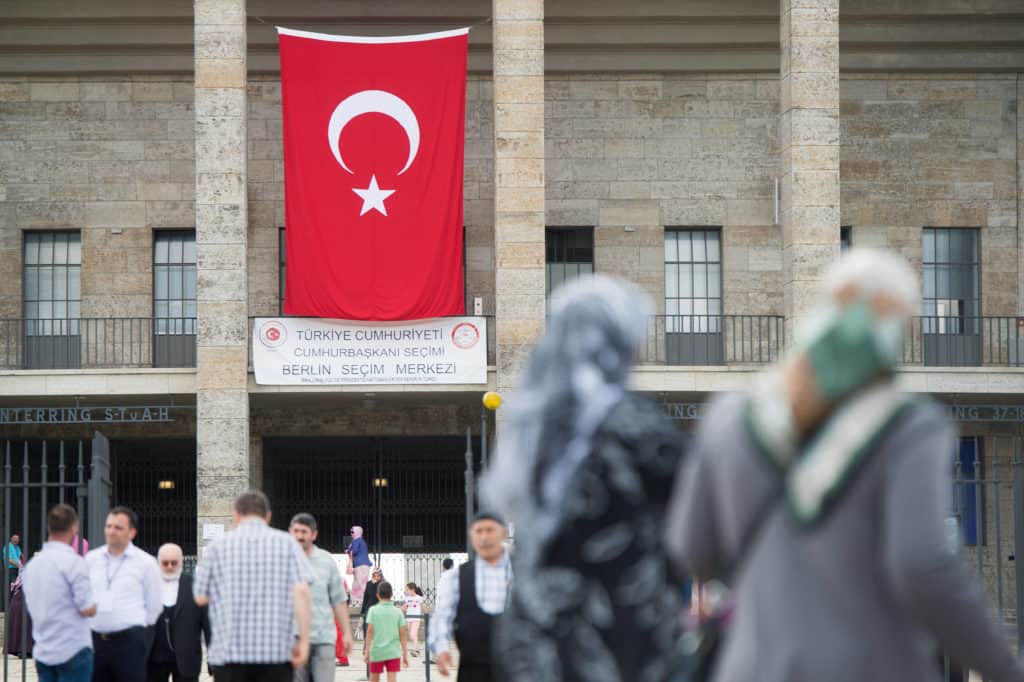
People, who are eligible to vote in Turkey leave the Olympic Stadium after voting in Berlin, Germany. (Credit Image: © Maurizio Gambarini / DPA / ZUMA Wire)
Britain, too, has been filling up with non-whites from former colonies, and has admitted a great many refugees. London has become notorious as a place of exile for fanatical clerics that have been kicked out of relatively moderate Islamic countries, such as Egypt and Syria. In 2006, the British Home Office had a backlog of 450,000 asylum cases. All could claim welfare benefits while their cases were pending.
A 2006 report on Islam in Britain found that 84 percent of Muslims acknowledge being treated fairly by British society. This did not prevent 37 percent of younger Muslims from advocating the adoption of sharia law, nor 36 percent from favoring the death penalty for Muslims who convert to another religion.
Muslims commit a disproportionate amount of crime all over Europe. In British jails they are overrepresented by a factor of 3.67; in France by four to five, and in Germany by six to seven. Rape is a Muslim specialty: in Denmark, where they constitute only 4 percent of the population, Muslims commit more than half the rapes, and almost always rape non-Muslim women.
Europe’s rulers are determined to defend immigration at any cost to their citizens, and have shown themselves capable of breathtaking dishonesty. In 2004, British Prime Minister Tony Blair declared immigration “economically vital” due to “serious worker shortages” — at a time when 72 percent of Muslims in Britain were unemployed, with many on the dole.
European Union bureaucrats are even more mesmerized by immigration than national politicians. Under the recent draft constitution, which French and Dutch voters had the good sense to reject in 2005, immigration policy would have been made in Brussels, and Europeans would have lost all local control over who lives in their countries. Plenty of EU officials view the rejection of this constitution as a temporary setback.
Where we are headed
The final chapter of Prof. Roth’s book speculates about the future. He writes that continuing Third-World immigration can be expected to lower the average American IQ from 98 to 95 by mid-century. This small drop will have drastic effects at the upper end of the bell curve. The percentage of Americans with an IQ of at least 120 — necessary for doctors, research scientists and other demanding jobs — will fall from 7.1 to 4.8.
An increasing demand for skills combined with the diminishing share of Americans capable of acquiring them will widen the gap between rich and poor; egalitarian thinking is therefore bringing about a less egalitarian society. One possible outcome is an America along the lines of a South American oligarchy, with a rich White-Asian elite, a relatively small middle class, and black and brown masses whose main work is to provide services for the more successful. As Prof. Roth notes, this is a far cry from the founders’ vision of a republic of independent yeoman farmers and skilled tradesmen.
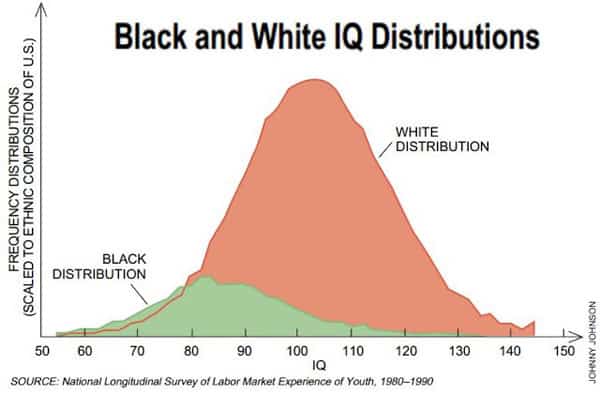
These changes will profoundly affect America’s place in the world. Over the next 40 years, the number of well-trained Chinese with IQs over 120 will soar. By mid-century, they will outnumber their American counterparts by about eight to one. “The upshot,” writes Prof. Roth, “is that the gap in the potential for innovation and economic growth between China and the US will grow enormously and begin to have its effects in the very near future.”
Prof. Roth also predicts an American fiscal disaster that will produce high inflation and an inability to fund social programs. This will lead to a political showdown between the productive, mostly white part of the population threatened by inflation, and the less productive, mostly non-white part threatened by the loss of handouts. The sooner such a showdown takes place the better, since the balance of forces is leaning ever more strongly in favor of the less productive. Internationally, the United States will no longer be able to maintain dominance. Again, the sooner our rulers accept this loss of status and curb their ambitions, the less jarring our decline will be.
Prof. Roth is even less optimistic about Europe. Although the percentage of non-whites is smaller than in America, the elites are even more contemptuous of their subjects and resistant to reason. EU leaders, in particular, are left-wing authoritarians who despise the Western liberal tradition. Prof. Roth suggests that these ideologues want to turn the EU into a centrally controlled empire similar to the Soviet Union. If so, their current policies make sense: they are flooding the continent with people who have always lived under autocratic regimes. Such people may be willing to tolerate repression provided they can maintain a moderate standard of living while keeping traditional religions and other practices.
Much depends on whether European elites succeed in getting Turkey admitted to the EU. Turkey has a population of 75 million that is 99 percent Muslim. Its admission would raise the proportion of Muslims in Europe from 3 percent to 20 percent. Only 16 percent of Europeans favor this, but they are likely to ignore the wishes of the other 84 percent. Even without Turkey, differential fertility rates could Islamize Europe by the end of this century.
Like America, Europe could be headed for a crisis. This could take the form of Muslim terrorism or, more likely, a prolonged economic downturn like that of the 1930s. A season of bombings or a severe depression with unemployment rates of 20 to 25 percent would make it clear to even the most brainwashed Europeans that immigration is a mortal threat. Some nations might withdraw from the EU, perhaps even causing it to collapse. “If this were to occur today rather than 30 or 40 years from now,” Prof. Roth notes, “the non-European population will be too small to engage in civil war and public order will be much easier to restore.”
Let us hope it does not come to that. Let us hope nationalist political parties will be able to stem the non-white tide before it is too late. In the short term, a nationalist breakthrough may be more likely in Europe than in the United States, but it must happen somewhere. The survival of our common European heritage depends on it.





